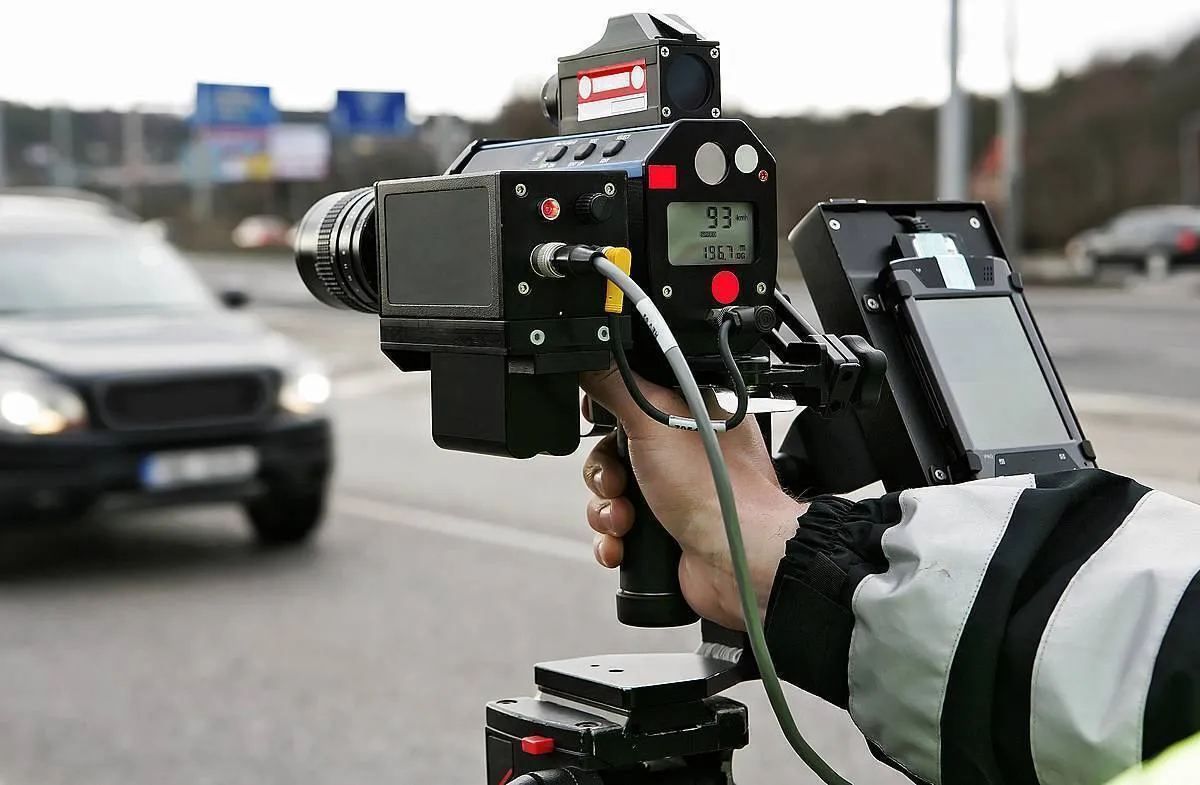Iranian Companies Present 60 New Products for Smartization of Police Services

Baqdadi made the remarks, addressing the third specialized event on the supply and demand of new and intelligent police technologies.
“The number of knowledge-based companies has reached 10,124 and the main fields of their activities are hardware, electricity and electronics, advanced machinery, information and communication technology, medicine and advanced products, biotechnology and commercialization services, respectively,” he said.
“Today, this event was held with the participation of 43 knowledge-based companies and 11 non-knowledge-based companies in 4 fields of information technology and information security, network and infrastructure, monitoring and electronics, and radio communication,” Baqdadi said.
“60 products have been presented in the exhibition section of this event,” he underlined.
Iranian companies have designed and produced different equipment for the empowerment of the police.
In a relevant development last year, a new robot was developed by Iranian researchers at a knowledge-based company which can verify the registered traffic fines and reduce human error of the police.
“Our company started its activity in the field of artificial intelligence in 2018 and was founded by a group of elites active in the scientific and industrial fields,” Farhad Sadri, a representative of the knowledge-based company, told ANA.
“We use the police robot to improve traffic programs. When a traffic control camera records a fine, it will then become validated by the police robot before it is enforced,” he added
Sadri explained that the smart robot matches the appearance of the car in the photo with the specifications requested from the police system and provides the results accurately and rapidly, adding when the robot is not sure about the declaration of approval or discrepancy to issue a fine, it refers the issue to the check department’s operator.
Noting that the license plate reading errors are reduced by using the robot, he said that it is estimated that this error has decreased to below 5%.
4155/v





















